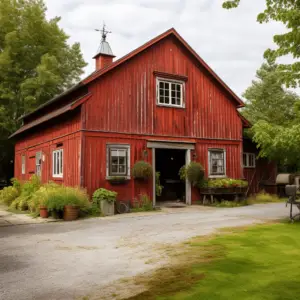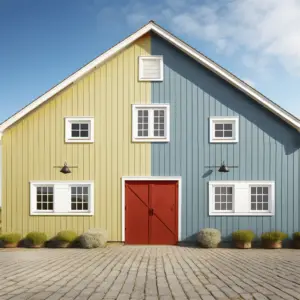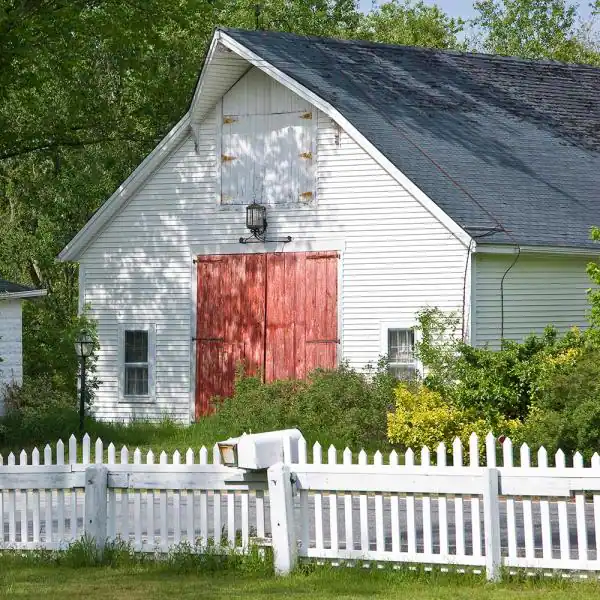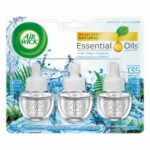Barn vs Exterior Paints, When it comes to beautifying our homes, paint has an integral role to play. But there are various paints with different properties and produced for various purposes. Barn paint is water-based paint suitable for exterior wooden, metal, and plastic cladding buildings.
Exterior paint is created to withstand inclement weather and resist mold dew, fading, chipping and much more. Let’s briefly summarize the differences to see what the subsequent sections have for you.
Table of Contents
Contrast Table of Barn vs Exterior Paints
| Barn | Exterior |
| Affordable | Significantly pricier than Barn |
| Available in 3 colors –off-white, red, and black | Vast in colors |
| Moderately weather resistant | Very durable, lasting for many years. |
| It has no extra additives (pure) | It contains added chemicals which are not animal safe |
| Not toxic animals | Wet and drying paint is rarely animal safe. |
| The matt effect of barn paint is complex to clean as other finishes but more appealing to an animal. | Satin and egg finishes are the best finishes for exterior house paints. |
To comprehend the difference between barn paint and exterior paint, you must understand the chemistry behind the paint. Right next is a brief snippet of the primary components of all paints.
How Is Paint Made?

All paints contain solvents, pigments, additives and resins. A solvent is the base of all paints and keeps them wet. The solvent can either-for the water-based paint or mineral spirits-for the oil-based paints. Once it evaporates as the paint dries, resins (made up of epoxy, silicone, and acrylic), pigments, and additives remain as lasting ingredients.
Additives make paint simpler to apply, mildew-resistant, water-resistant, UV-resistant, and durable. On the other hand, pigments offer color to the paint, while resins bind the pigment to the surface. Therefore, without much ado, let’s look at the differences between the barn and exterior paints.
Exterior Paint Overview
Exterior paints are for the exterior painting of a house. Its additives make it more waterproof and withstand rains, snow, sleet, and other unfavorable weather conditions. It is created to handle the sun’s harshness and is highly durable to prevent chipping and flaking during strong winds.
The exterior might require a primer for exterior painting of the house
Barn Paint Overview
Barn paints are affordable and not toxic to animals (animal safe). They are available in both water-based and oil-based types with different finishes and colors. They’re suitably applied to wooden surfaces without a primer. Additionally, you can apply them to existing painting surfaces, making them versatile.
Both paints are durable and weather resistant, thus very good for exterior use.
Barn vs Exterior Paint- Primary Differences
Surfaces
Barn paint is used on wood because it was designed for barns. However, depending on the manufacturer, it is also used on painted surfaces. However, see the can’s manufacturer label for other usage. Exterior paint is best on metals, plastics, or other common materials that build homes.
Types of paint
Both paints come in either water-based or oil-based variants. Water-based barn paints contain less peeling and cracking than oil-based barn paints. Nonetheless, they are weaker than the oil-based, which are more durable and waterproof.
You can choose one or involve a professional painter to guide you.
Viscosity
Both barn and exterior paints possess a high viscosity and are in the correct thickness needed for the outdoor paint job of home walls and barns. You don’t need to make any changes not unless you need a thinner coat of paint which requires you to use mineral oil or other ways to make it thinner.
Coverage
A gallon of exterior paint will cover a surface of about 250 to 400 square feet with a single coat. Barn paint will cover around 250 square feet per gallon. Although, the exact amount of coverage will depend on the brand in use and the application skills.
Black colors need more coats to make them have a smoother finish.
Durability
Because of their extreme durability, exterior and barn paints are well suited for usage in the great outdoors. However, exterior paint is more outstanding if you buy a good brand and use oil-based rather than water-based.
The higher-quality exterior house should last 10-15 years, considering the climate and location.
Weather Resistance
They both share a similar feature of being weather resistant, making them perfect for outdoor use. Barn paint’s affordability makes it a favorite of most people to save costs. Exterior paint lasts longer than a barn.
Colors
The barn comes in their prominent colors- beige, black or brown. However, you may find more colors in some stores. On the contrary, the exterior paint comes in various colors than the barn paint, thus offering unlimited choices to choose from like muted, earth tones, etc.
Toxicity
Barn paints are animal-safe, meaning they are non-toxic to animals. However, exterior paints have additives such as fire-retardant, anti-condensation, and anti-mold chemicals, which can be toxic to animals.
These bring about skin irritation, respiratory difficulty and ingestion. However, non-toxic levels depend on the brand and type of paint in use.
Price
Barn paints are slightly cheap compared to exterior paints because their quality is inferior. Because of this and its various colors, it entices most people to buy the paint. Barn paint has better clarity and vibrancy, which makes the home beautiful and on wood without using a primer.
Can Either of These Paints Be Used in Place of the Other?

Barn
It’s not for interior usage but can tolerate temperature and humidity changes in kitchens, bathrooms, and other high-use spaces. Barn paints have a limited color range; thus, their formulation targets more practicality than aesthetics. Therefore, creating a showpiece will bring more disappointments in the aesthetic of barn paint.
Associated with low-cost exterior house paint, which requires you to be repaint in 4-5 years
Exterior Paint
These are not ideal for a barn as they are not animal safe or weather resistant, although the paints are a viable choice for an exterior house.
The price is the biggest concern for using exterior paint on burns, plus the toxic chemicals in its formulation.
Which One is better between the Two Paints?
Even though both barn and exterior paints see outdoor application, each has its own distinctive characteristics that set it apart.For those on a budget and considering safety, the barn is of perfect quality, with economical paint for wood, garages, sheds, garages, and fences.
For a robust exterior look, go for an exterior benefit with vast colors and a great aesthetic feel that is still very original


